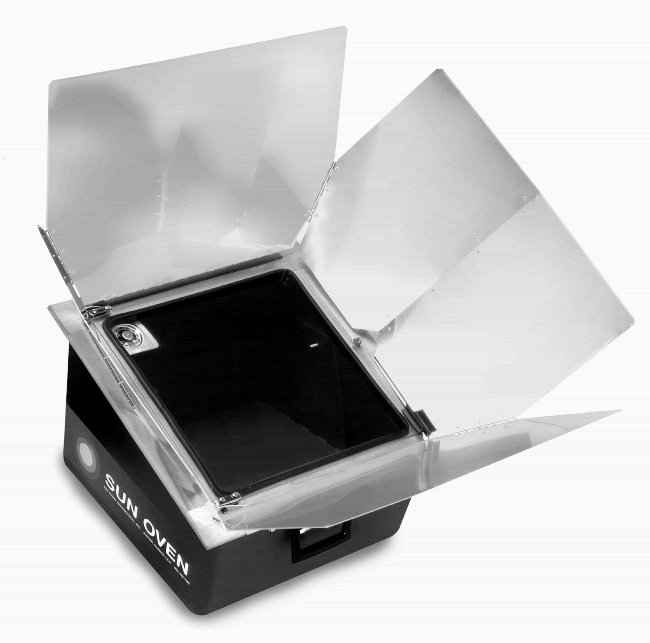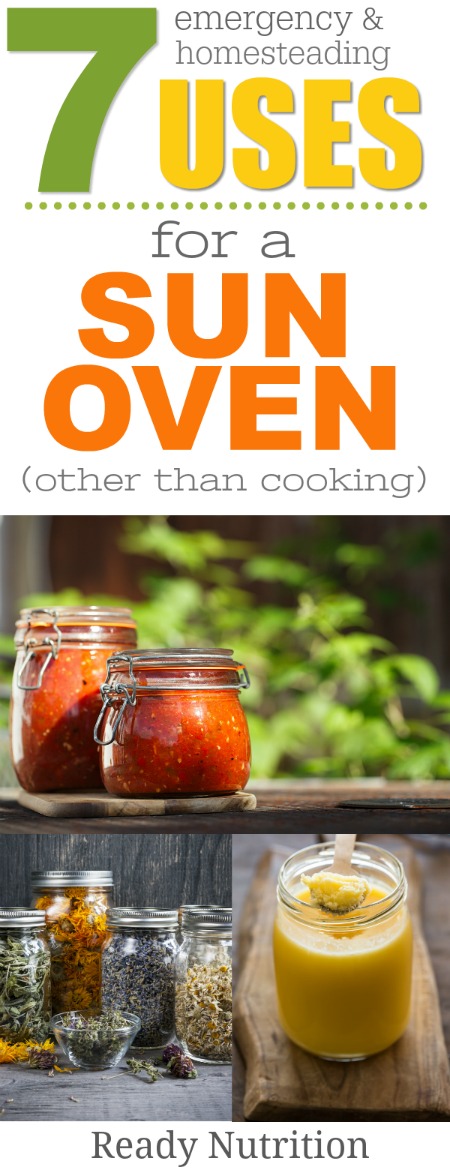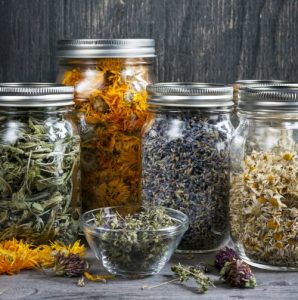Sun Ovens are a great addition to any prepper’s gear. In a previous article [1], we wrote extensively on how this is a must-have prep for your supplies. “If there is an emergency, there is a strong possibility that you may find yourself in a situation where you are off the grid. To prepare for this power interruption, the very basic preparedness plan should include considerations for fuel sources and alternative cooking tools for meal preparation. What many of us fail to realize is when our fuel supply runs out we are left without a way to quickly prepare food. The Sun Oven solves this issue by harnessing the power of the sun to cook.”
Not only can they be used to cook food, but there are several other ways you could use this prepper essential in an emergency situation when you don’t have access to modern power sources. When you only have the sun to rely on, this solar tool can be incredibly efficient at many very important tasks.
 [2]A Sun Ovens [2] is a device that lets you harness the power of the sun to heat food and water, even when no utility services are available. For obvious reasons, they are most effective in locations that have plenty of sunshine. They are less effective when it is cloudy or during inclement weather.
[2]A Sun Ovens [2] is a device that lets you harness the power of the sun to heat food and water, even when no utility services are available. For obvious reasons, they are most effective in locations that have plenty of sunshine. They are less effective when it is cloudy or during inclement weather.
Sun Ovens work by capturing the sun’s rays and focusing them into the oven’s chamber, where it heats what is placed in a pan, dish or another vessel inside. A Sun Oven can reach temperatures ranging from 250 to 350 degrees Fahrenheit, which is hot enough to cook food and boil water, according to the U.S. Department of Energy. [3]
Since Sun Ovens don’t generate smoke like wood-burning stoves, their use can reduce the incidence of health problems such as bronchitis, asthma, and pneumonia, according to a team of Solar Oven experts at Cornell University. [4] But, during an emergency situation, a solar oven won’t give away your location the way a fire’s smoke can. Here are a few ways you can use a Sun Oven to help you in an emergency.
(Keep reading for an exclusive Sun Oven deal!)
Pasteurize Water
Access to potable water can be difficult to come by in developing areas of the world and anytime there’s a natural disaster [5], bottled water is the first thing to sell out. When the water supply isn’t safe to drink, you will need to pasteurize it, which means killing organisms that cause disease, such as parasites an bacterium. In locations where fuel, such as firewood, is scarce, or a fire would give away a location, a Sun Oven enables people to heat their water to 150 degrees Fahrenheit. It only takes about one hour to purify one liter of water in a solar cooker on a sunny day.
Canning
If you come across a large patch of edible berries but have no power, how are you going to save as much food as possible without it going bad? Canning in your solar oven of course! Although solar cookers are not suitable for canning low-acid foods like meats or certain vegetables because of the risk of botulism growing on non-acid foods, it’s important to set aside surplus fruit and can it for long-term storage and future use. Canning jars can go inside the Sun Oven and the fruit will heat up until it boils. Then you simply remove the canning jars and allow them to slowly cool. As it cools, the lid is forced down, forming a tight vacuum seal, keeping your food safe.
Warming And Drying Clothing
You can actually put wet clothing or boots in a solar oven and have them dry out quicker. This is especially useful for those living in climates that get a heavy snowfall or have harsh winter storms periodically. Mittens, socks, and hats can be placed in the Sun Oven and the heat will work like a dryer to remove all the moisture from your clothing items.
Dehydrating Fruits, Vegetables, And Meats
For those food staples that you cannot can safely because of their lack of acidity, dehydrating in your solar cooker is an option. This is desired when there is plenty of cheap vegetables or fruits available. It could also be useful to save meat if a large animal is hunted for food. None of the meat would need to be wasted.
Refrigerate Foods
Solar cooling, as it’s often called, in this case usually relates to using the sun to create the necessary heat for evaporation. The resulting phase change of water from a liquid to a vapor absorbs the heat from the remaining water, and the surrounding materials will become cooler relative to the air temperature. With an ample water supply, this technique can be useful for keeping foods refrigerated without electricity. [6]
Make Ghee
Of course, there are the more obvious uses for a Sun Oven, like making your dinner, but what about using it to make ghee? Ghee doesn’t need to be refrigerated like butter and it’s less likely to burn when cooked at high temperatures, such as over a fire. In fact, it’s really just clarified butter! This device is ideal for the making of ghee. Ghee (popular in India because it doesn’t necessitate refrigeration) [7] is made by heating butter in the Sun Oven over about an hour or so. It should have a very low simmering because over 176°F or 80°C the butter will burn. After some time an opaque residue will separate from the melted butter leaving a transparent liquid which is the ghee. The residue is then discarded.
*Fun Familly Activity* Make Candles
You can also melt wax to make candles [8] in a Sun Oven! Give it a try! This is also a great way to get children involved in the prepping experience. Using small and broken crayons and a natural wick of your choice (cotton string works well) practice different ways to melt the crayons into useable candles of various shapes and sizes. The kids will love helping and it’s a great family bonding experience!

